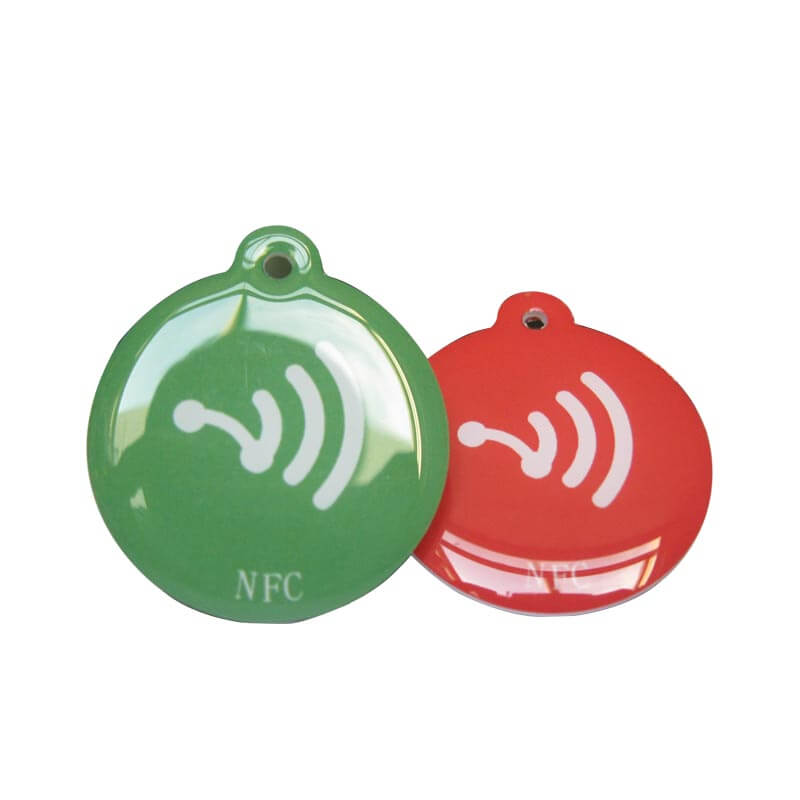
Epoxy RFID tags are used in different construction factors. They provide amazing performance in harsh weather conditions with powerful confrontation to moisture and chemicals. The benefits are:
RFID is a data collection technique that includes the automatic identification of objects with the help of Low radio power waves. It uses radio waves to capture and read the information/data stored on a chip/tag fixed in an object. A tag/chip can be read from up to numerous feet away and doesn’t need to be inside the reader’s direct line of sight to be tracked. Data/information is sent and received with a system containing antenna/RFID Tags and the RFID reader.
RFID technology is like barcode technology. It recognizes the identification and locations of the tagged/chipped items. However, rather than reading the laser light reflections from the barcode printed labels, it grips the low-power radio frequencies to store and gather the data.
In a distribution center/warehouse, RFID technology is used for automating the process of data collection. The RFID card/transceiver reads the radio frequencies and then transfers them to the RFID tag. The identifying information is transferred from a small computer chip fit in the tag and relies upon the RFID reader.
The RFID tag comprises a simple antenna and integrated technology. The tag is similarly made up of a defensive/protective material that grips the pieces together and protects them from different ecological conditions. The protective/defensive material depends upon the usage.
Let’s suppose, ID badges of employee that has the RFID tags embedded are usually created from reliable plastic, and the tag is fixed in-between the plastic layers/sheets. These tags come in different sizes and shapes/forms. There are two kinds of RFID tags: Active and Passive.
They are widely used in the:
Send the message successfully, we will reply you within 24 hours.